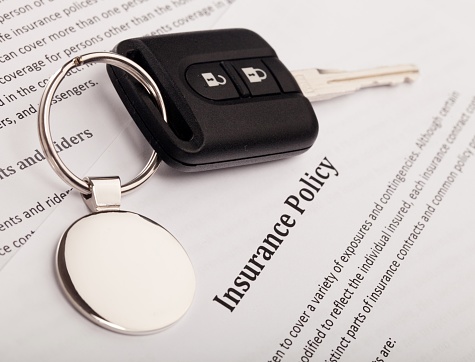Cutting Costs on Fleet Insurance: Proactive Strategies for Fleet Managers
In the dynamic world of fleet management, controlling operational costs is crucial, and one significant expense that often weighs heavily on the budget is insurance. With insurance prices experiencing a surge, fleet managers are seeking effective strategies to combat these rising costs. This article outlines practical approaches to help fleet managers save their companies money on insurance, focusing on driver safety training, the incorporation of telematics, and the promotion of regular vehicle maintenance.
Invest in Ongoing Driver Safety Training
Driver behavior significantly impacts insurance premiums. Insurance costs are directly influenced by the risk of accidents and claims. By investing in continuous driver safety training, such as defensive driving courses, fleet managers can reduce the likelihood of accidents.
- Defensive Driving Courses: These courses train drivers to anticipate and react appropriately to potential hazards, reducing the likelihood of accidents.
- Ongoing Learning: Safety topics presented weekly or monthly in small chunks (often called micro learning modules) can keep safety at the forefront of your drivers’ minds.
- Reward Safe Driving: Implementing a rewards program for safe driving can motivate drivers to adhere to best practices.
Incorporate Telematics in Fleet Operations
Telematics systems use GPS and onboard diagnostics to monitor vehicle and driver behavior, providing valuable data that can be used to improve safety and reduce insurance costs.
- Monitor Driver Behavior: Telematics can track behaviors such as speeding, harsh braking, and rapid acceleration, allowing fleet managers to address risky driving habits.
- Vehicle Tracking: Real-time tracking can help in efficient fleet management and quick recovery in case of theft, which can lower insurance premiums.
- Maintenance Alerts: Telematics can provide timely maintenance alerts, ensuring vehicles are in top condition, which can be favorable to insurance providers.
When defensive driving training is coupled with telematics data, it becomes a powerful tool for improving driving behavior. Personalized feedback and reinforcing training can help drivers continuously improve.
Promote Regular Vehicle Maintenance
Well-maintained vehicles are less likely to be involved in accidents due to mechanical failures, a factor that insurance companies often consider when calculating premiums.
- Preventive Maintenance Schedule: Adhering to a strict preventive maintenance schedule ensures vehicles are safe and reliable.
- Regular Inspections: Conduct regular inspections and address issues immediately to prevent larger problems down the line.
- Documentation of Maintenance: Keeping detailed records of maintenance and repairs demonstrates that the fleet is well-maintained.
Choose Vehicles Wisely
The type of vehicles in a fleet can influence insurance premiums. Opting for models with advanced safety features and a good safety record can lead to lower insurance costs.
- Safety Features: Vehicles equipped with safety features like anti-lock brakes, airbags, and advanced driver-assistance systems (ADAS) can be less expensive to insure.
- Vehicle Type: Choose vehicles that align with their intended use. Overpowered or specialized vehicles might attract higher premiums.
Implement a Comprehensive Risk Management Program
A robust risk management program can identify potential risks and implement strategies to mitigate them, making the fleet more attractive to insurance providers.
- Risk Assessment: Regularly assess the risks associated with fleet operations and develop strategies to mitigate them.
- Incident Analysis: Analyze any incidents or near-misses to identify trends and areas for improvement.
Explore Insurance Options
Don’t settle for the first insurance quote. Explore and compare different insurance providers and policies to find the most cost-effective option for your fleet.
- Shop Around: Get quotes from multiple insurance providers to ensure you’re getting the best rate.
- Consider Higher Deductibles: Opting for a higher deductible can lower your premium, but balance this with the company’s ability to pay the deductible in case of an incident.
- Bundle Policies: Bundle different insurance policies with the same provider for potential discounts.
Conclusion
The surge in fleet insurance prices is a challenge, but it’s not insurmountable. By investing in driver safety training, incorporating telematics, maintaining vehicles regularly, choosing the right vehicles, implementing a comprehensive risk management strategy, and exploring insurance options, fleet managers can significantly reduce insurance costs. These measures not only lead to savings but also promote a culture of safety and responsibility, which is invaluable to the long-term success of any fleet operation.
